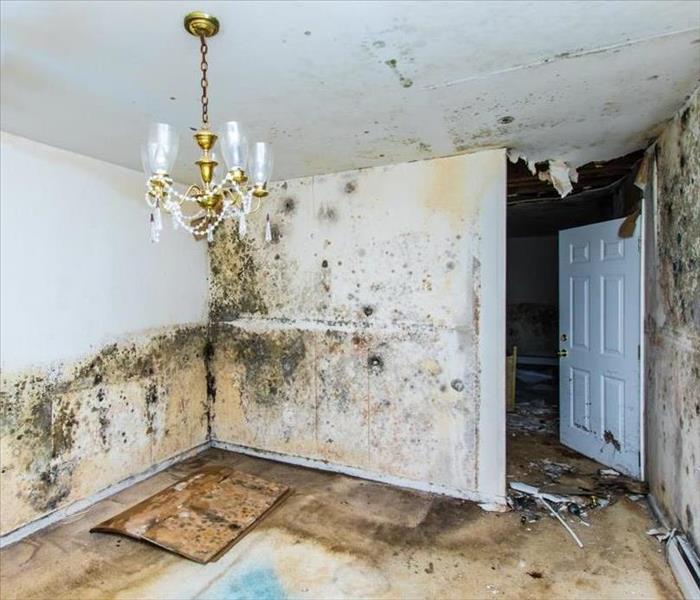Post Water Damage Tips
8/30/2021 (Permalink)
Whether a flood is caused by ground water, falling water, or home water system malfunction, there are some best practices you’ll need to employ within the first 24 hours after the flood to ensure the safety of your home and family and give you the best outcome possible with your insurance company.
If the flood was serious enough for you to leave your home, be sure you stay safe upon your return. The Federal Emergency Management Agency warns that you should check for any visible structural damage, such as warping, loosened or cracked foundation elements, cracks, and holes before entering the home and contact utility companies if you suspect damage to water, gas, electric, and sewer lines.
Even if the power isn’t operational, it’s a good idea to go to your fuse box and turn off the main, plus all of the individual fuse connections. That way, if the power is reactivated, you’re not at risk for mixing standing water and electricity.
Protect Your Health
Even if the water in your home is clear, it could be contaminated by sewage or household chemicals. Wear waders, hip- or waist-high waterproof boots. In addition, wear rubber gloves to remove water-damaged possessions and to avoid contaminants. Be sure to throw out any food that may have come into contact with flood waters. FEMA recommends boiling water until authorities declare the water supply is safe.






 24/7 Emergency Service
24/7 Emergency Service
